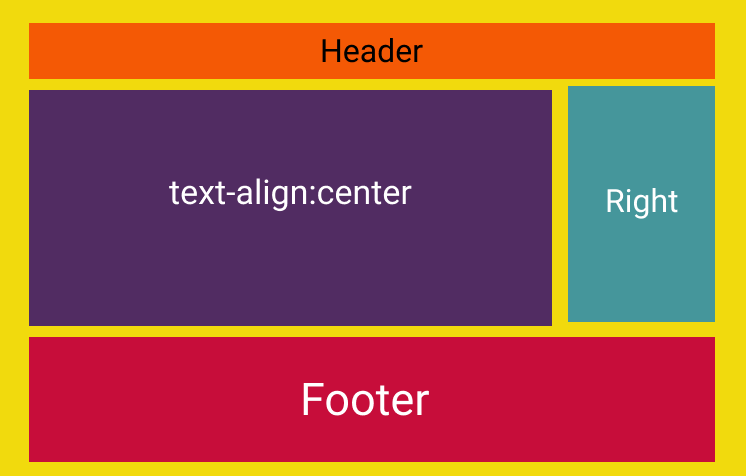

Duis elit tellus, volutpat in sem nec, aliquet vulputate dolor. Suspendisse luctus quam nibh, sit amet faucibus erat sollicitudin nec. Curabitur pellentesque ullamcorper ante a congue. Suspendisse feugiat, tellus finibus vestibulum facilisis, lorem nibh lacinia mi, in porttitor enim eros egestas libero. Lorem ipsum dolor sit amet, consectetur adipiscing elit.

Quisque luctus felis nunc, mattis lobortis mi dictum et. The straight (or “hard”) left edge and ragged right edge combination of standard left-aligned text performs best for readers because it helps the eye find the start of the next line when it leaves the end of the last one. The Dreaded Ragged Left EdgeĬentered and right-aligned text both have a “ragged” left edged which has been shown to impede reading speed and comprehension. Steve Krug famously summarizes these sites as the ones that “don’t make me think.” (That’s an amazing book that you should read!)įor most sites, reading is the primary task a user does, so it makes sense that we should focus on optimizing that specific experience as much as possible. Getting back to the specific issue at hand-text alignment-left-aligned text is the easiest to read and therefore we should use it for all large blocks of text on a website. While the problems may seem minor at first, the most usable websites are the ones that have the lowest interaction costs and minimize cognitive load. When it comes to making readable web pages, centered, right-aligned, and full-justified text reduces usability and slow down readers. I responded with a long comment and have revised and expanded it to produce today’s post. On my “A WordPress Formatting Manifesto” post, one commenter asked for a greater explanation of why I recommended not using center alignment, right alignment, and full justification when writing for the web.


 0 kommentar(er)
0 kommentar(er)
